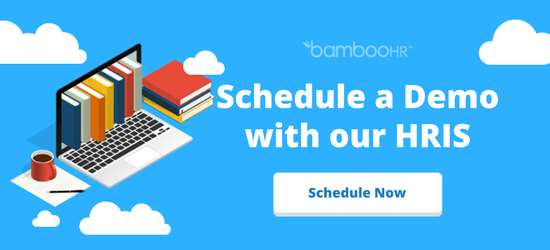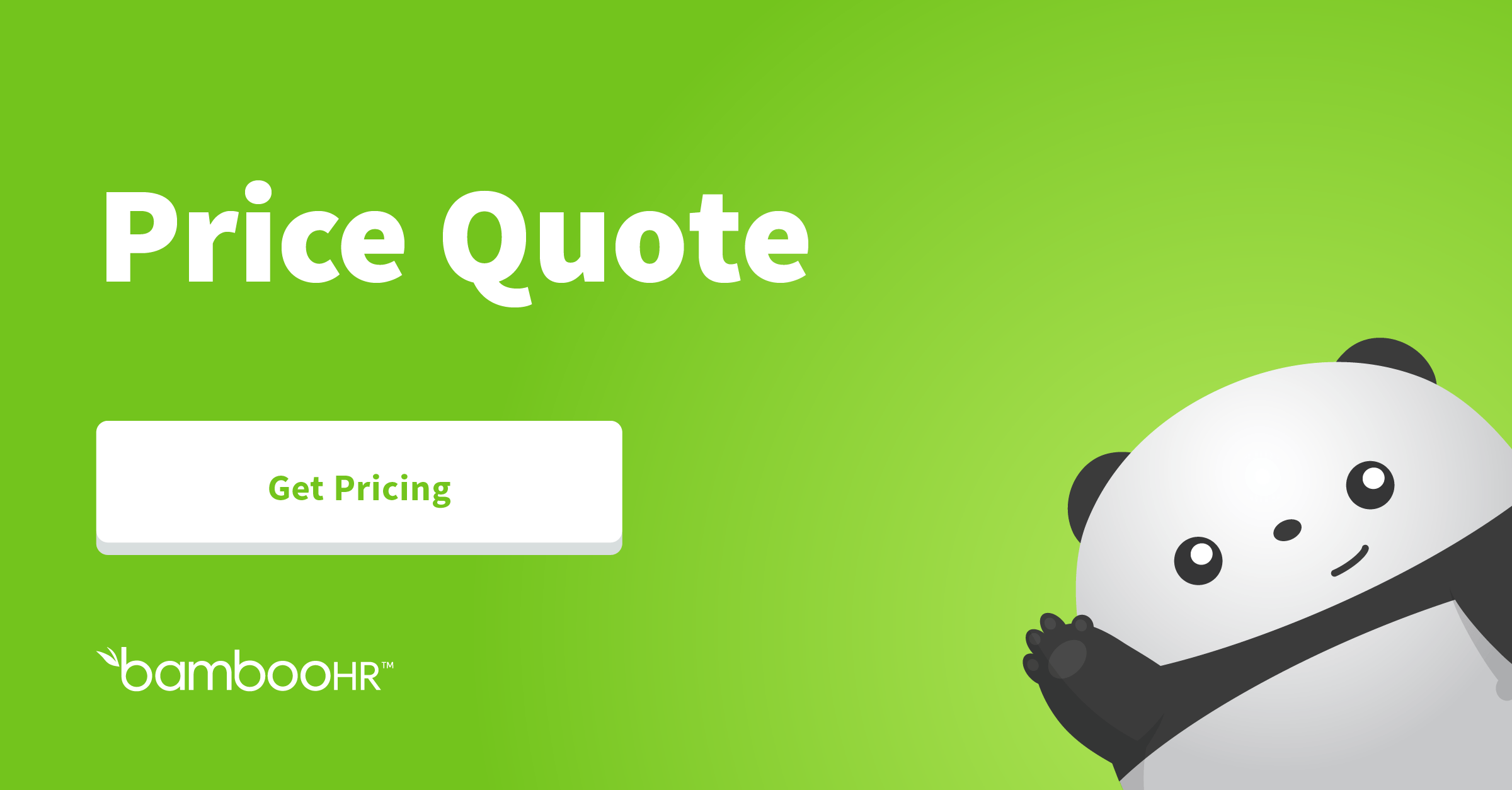5 Essential Features for HR Software
| HR Software Features |
|---|
| 1) Centralized Employee Database |
| 2) Automated Time Off |
| 3) Employee Self-Service |
| 4) HR Reporting |
| 5) Applicant Management |
It’s that time of year again — the New Year is when we all start thinking about how we’re going to improve something our lives.
Most people make plans to change something in their personal lives, but perhaps you’re a little more business-minded. If so, is making HR more efficient on your list of resolutions? Will this be the year you’ll give your HR department the gift of new human resource management system (HRMS) software?
Some HR leaders have put off making the switch from spreadsheets to HR software, even though they know it will improve the way their department functions. Well, consider this your year. It’s time to abandon fickle and frustrating spreadsheets that take hours to manage, and don’t give you the insights you need. You spend nearly a third of your life at work—make it a less painful experience by upgrading to HRMS.
As for which platform to choose, think of it like buying a car. Some features are optional (like a Bluetooth radio), and some are absolute necessities (like wheels). Today, we’re going to discuss five features that are essential for HR software. As you start shopping around, keep these features in mind, or you’ll wind up with software that’s no better than your spreadsheet.
The 5 Most Important Features For HR Software
1) Centralized Employee Database
The biggest problem with spreadsheets is that you have to change, edit, and update every detail yourself.
Spreadsheets don’t centralize information, and they don’t communicate with other apps. Every time you make a change, you have to go back through every document, program, and system to make the same change and keep everything current. It’s a nightmare to manage, and things are likely to go wrong somewhere along the way.
A centralized employee database solves that by keeping the information in an interactive database that can integrate into other programs. It updates across the board when information is changed so that everything is up-to-date all the time. You never have to worry about conflicting versions, or editing multiple files. All the work is done for you.
2) Automated Time Off
Time off can be a hassle to calculate, track, and use.
At least, when it’s done manually it is.
That’s why PTO should be managed by HR software. With the right system features, you can specify the way time off is calculated, and the system will automate the adjustment each time an employee takes a paid leave. That way, you won’t have to wonder if you recorded that time or double check that the accrual formula you were using on spreadsheets calculated correctly. The computer will do it accurately every time, removing the potential for human error.
3) Employee Self-Service
These days, employees expect on-demand access to the systems they use.
Give them the freedom to access their PTO, employment information, tax documents, and so forth, with HR software that has self-service features built in. With the right platform, employees can access their profile from anywhere with an Internet connection. They should be able to request time off, review benefits, track training, and more. Take it a step further and invest in a platform that offers a mobile app, enabling employees to request time off on the go.
Try our HRIS for free
4) HR Reporting
It’s difficult to see the value in tracking HR information when you can’t do anything with it.
Much in the same way big data has changed how departments like marketing and design make decisions, the information you collect on past and present employees can be used to make beneficial changes company rules, policies, and procedures. As in the features above, the key to making this happen is finding the right HRMS.
Important to both HRMS and a good Human Resource Information System (HRIS) is the ability to create reports. From reports on employee absences to ones indicating when most employees spend their PTO, to statistics on the disposition of new hires, a robust reporting feature can make the most of your data, and save you a lot of time. Ideally, you’ll have access to a library of report templates, as well as the ability to create customizable reports from our current and past HR data. With the right information directly at your fingertips, you’ll be making earth-shaking changes in no time.
5) Applicant Management
Managing applicants can be just as complicated as managing employees.
With applicant management, you have access to a central database for organizing job openings, as well as managing the information of applicants to those openings. What’s more, it makes it a lot easier to keep potential employee information on file for future reference. Between job posting and onboarding, the whole process will run much smoother with applicant management.
The five HRMS software features listed above are must-haves for the online HR software you choose. They minimize the time required to manage HR data, which in turn empowers you to maximize your productivity. With all the tedious and time-consuming tasks automated, you can finally return your focus to the reason you went into HR in the first place: to help people.
From onboarding to payroll to employee discharging, with a quality HRMS you’ll be more effective than ever. Start your search for the perfect platform by checking out BambooHR, where you can test the waters with a free 7-day trial.
See how BambooHR can help you today
Your team deserves the attention, and you deserve the help. Time to put a checkmark next to this New Year’s resolution.
Get caught up every month on all things HR. Don't worry, we promise we won't spam you.











